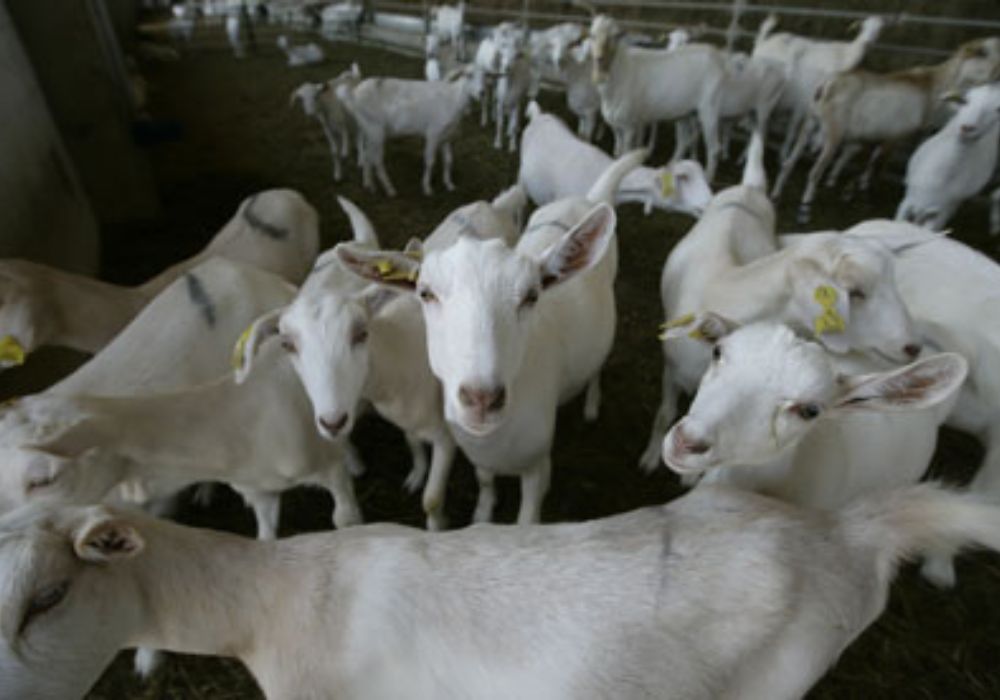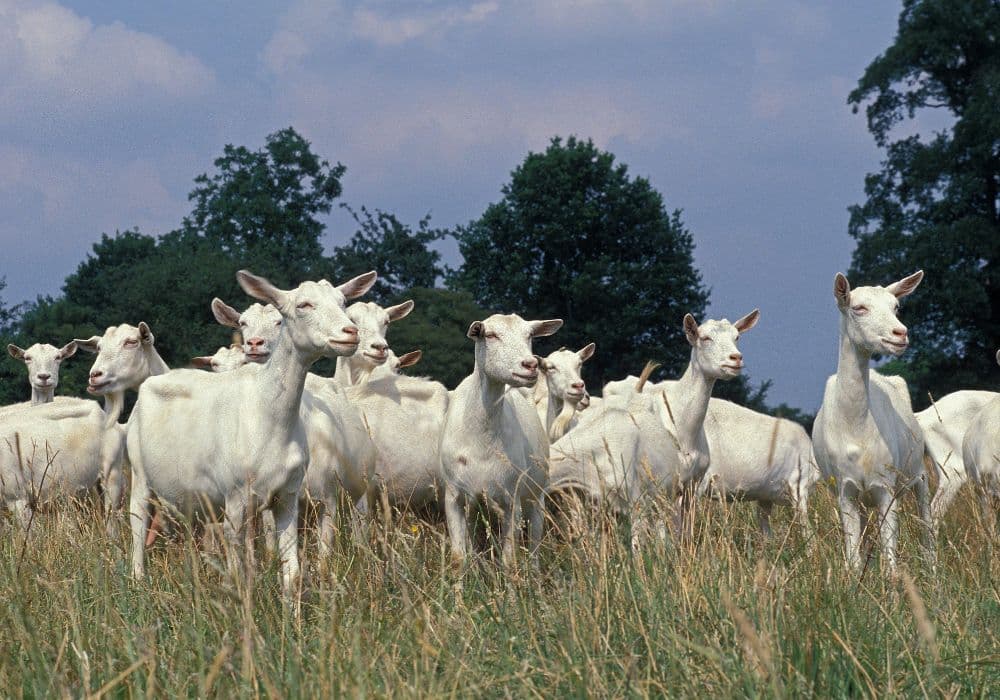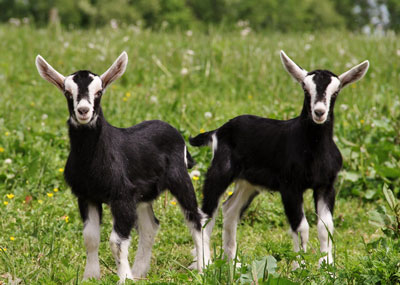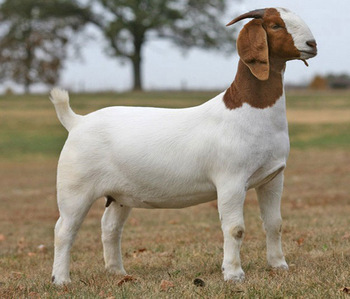Australian Dairy Goat Exports
Home » Dairy Goat Exports
Australian Dairy Goats
Australia’s Livestock Exporters is one of the world’s leading suppliers of high quality dairy goats to countries around the world, in particular throughout the Middle East and South East Asia. We supply diary goats to dairy farms to help countries develop their own domestic dairy market and to increase their local production of dairy goods. Our dairy goat stock is among the best in the world in terms of milk production, breed, and high quality disease-free farming practices, along with genomic tested genetics.
We can help you with the import of Saanen Goats, British Alpine Goats and Boer Goats into your local market.

Saanen Goat Exports
The Saanen Goat is a Swiss breed, originating in the Saane Valley Switzerland. It is now the most popular dairy goat breed in many countries, including in Australia.
Saanen does are heavy milk producers typically yielding between 3% and 4% fat. The Saanen is a typical dairy-type animal, it has a dished or straight facial line and a wedge-shaped body. Saanens are of medium height when compared with the other Alpine breeds in Australia. Does weigh at least 64 kg. The average height measured at the withers, is about 81 cm for does and 94 cm for bucks.
Our Australian-bred Saanen Goats are of world class standard and you will be pleased to know they have set many milk producing records. Saanens have also been used in many other parts of the world in grading-up local breeds.

British Alpine Goat Exports
The British Alpine breed was originally developed in Britain back in 1903 by crossing local goats with Alpine goats imported from Switzerland, hence the name ‘British Alpine’.
The British Alpine is very active and suited for a free ranging situation. British Alpines are known for their extended lactations and are thus excellent milkers. In colder months they are well-known for their ability to keep milking, which is a real feature of this breed.
These goats have good-sized teats, which allow easier milking. They are a good producer of high-quality milk, with a typical fat yield of around 3% to 4%. They are also medium to heavy milk producers.

Boer Goats Exports
The Boer goat breed was developed in South Africa in the early 1900s for meat production. The name comes from the afrikaans (dutch) word for farmer “boer”. When compared with pastured commercial goats, Boar goats raised specifically for show purposes may appear to have little in common, however the difference is superficial. Their breeding has resulted in them being larger than normal goats, and meet specific visual appearances, with these very characteristics, and their underlying valuable genes, proving useful to add to the commercial herd.
A high-quality buck, even when mated with an average doe, can produce high-quality offspring. Boer goats tend to gain weight at about the same rate as their sire, so a buck from a proven fast-growing bloodline will command the highest price, as its offspring will tend to also be fast growers.
The Australian Boer Goats provides a number of advantages for the international market such as:
- A source of top quality genetics
- Animals that have been selected to thrive in a range of farming conditions
- A highly versatile breed that complements other livestock production.
- A cost effective meat production resource.
- A product of a clean pristine sea-locked continent which is free from many diseases.

Commonly Asked Questions
What is the Minimum Order Quantity?
For countries that have cargo flights directly from Australia, the minimum order quantity is 100 head of goat.
How Many Head of Goat Can You Supply at a Time?
Australia’s Livestock Exporters can provide up to 2,500 head of dairy goat at a time, pending on breed and your requirements.
What Countries Can You Export Dairy Goats to?
We may export to China, Malaysia, Indonesia, Japan, Hong Kong, taiwan, United Arab Emirates, Qatar, kuwait, Russia, Saudi Arabia, and to most countries globally.
